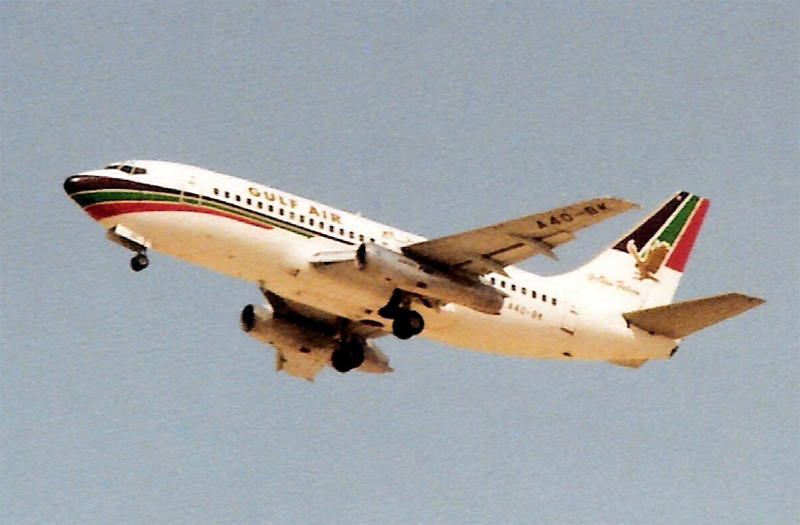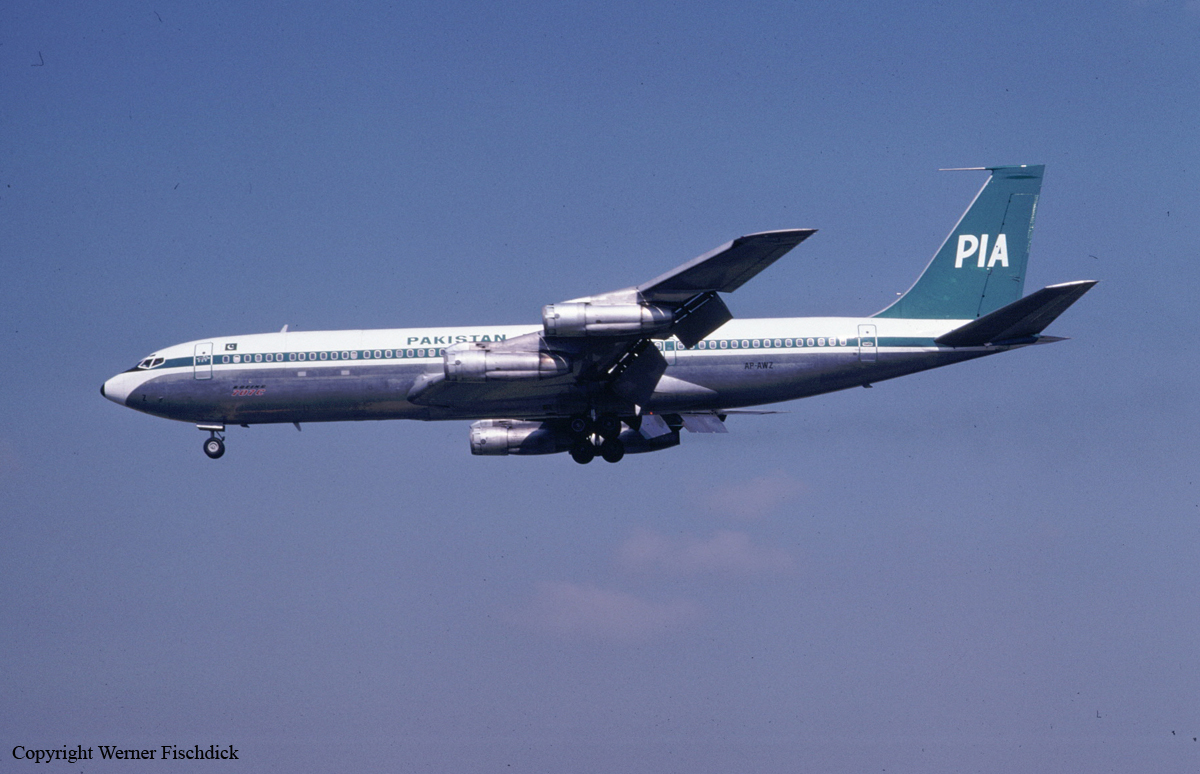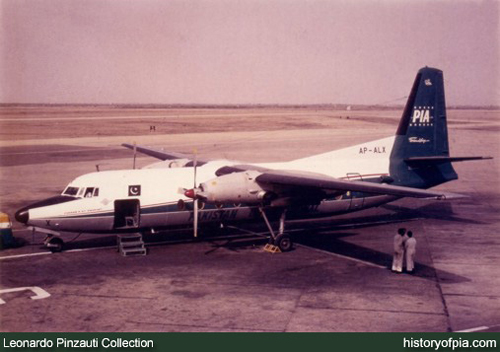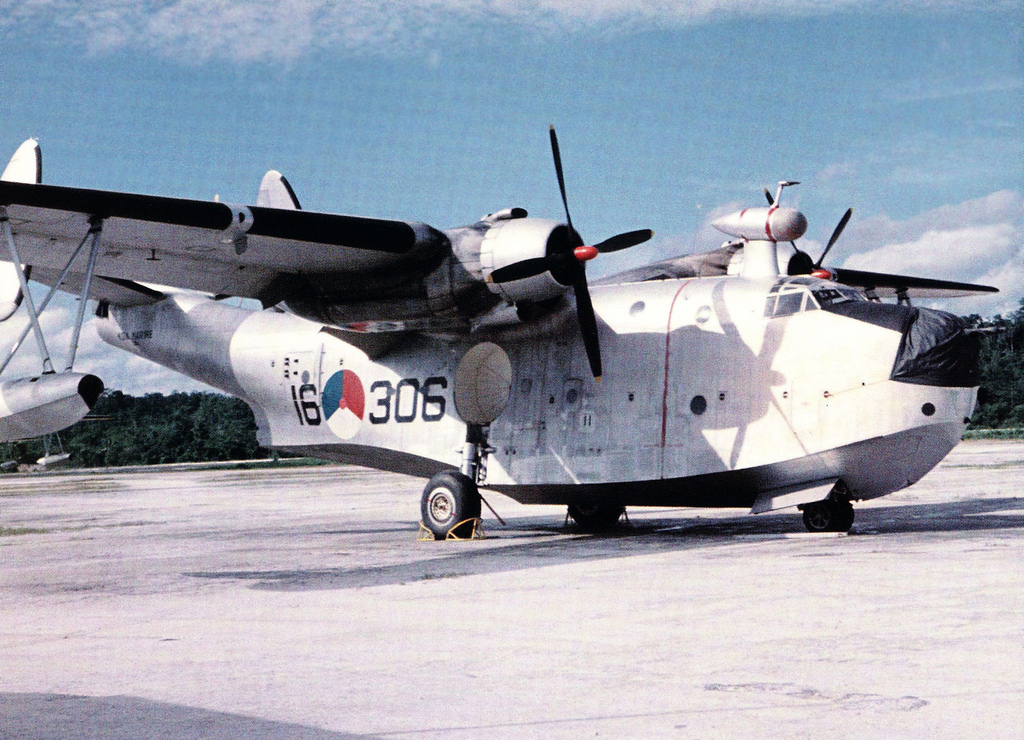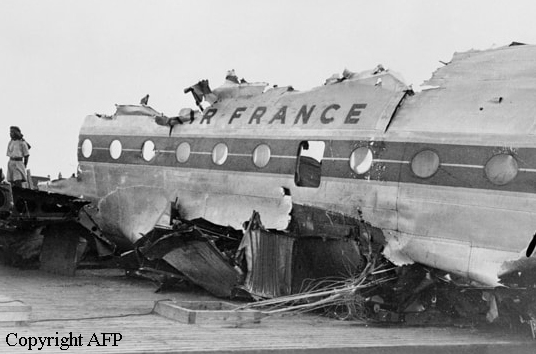Crash of a Boeing 737-2P6 in Abu Dhabi: 112 killed
Date & Time:
Sep 23, 1983 at 1530 LT
Registration:
A4O-BK
Survivors:
No
Schedule:
Karachi – Abu Dhabi – Doha
MSN:
21734
YOM:
1979
Flight number:
GF771
Crew on board:
6
Crew fatalities:
Pax on board:
106
Pax fatalities:
Other fatalities:
Total fatalities:
112
Circumstances:
Following an uneventful flight from Karachi, the aircraft was approaching Abu Dhabi-Al Bateen Airport in good weather conditions. On short final, the aircraft exploded and crashed shot of runway, bursting into flames. There were no survivors among the 112 occupants. The aircraft was totally destroyed by impact forces and a post crash fire.
Probable cause:
It is believed that the accident was the consequence of a bomb that exploded in the cargo compartment. Nevertheless, an ATC controller who was working at Abu Dhabi-Al Bateen Airport at the time of the accident later reported the aircraft had been mistakenly shot down by a surface-to-air missile after UAE soldiers were performing exercises in the vicinity of Al Bateen International Airport.
